-
Materials
The most common material is microcrystalline quartz (agate, carnelian, chalcedony, ...). There are also seals made from haematite, rock crystal, bronze, lapislazuli and some other materials.
1. Agate
Agate is a banded microcrystalline quartz. The bands can have different hues and colours. The transparency can vary from translucent to opaque. As any other microcrystalline quartz agate is porous and can be dyed. The art of dying quartzes was already known in antiquity.
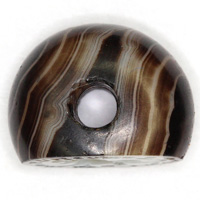 Abb. 1a
Abb. 1a
Agate
Seal Nr. 03972. Carnelian
Carnelian is a microcrystalline quartz with colours varying from red to brown. The brown version as also called sard.
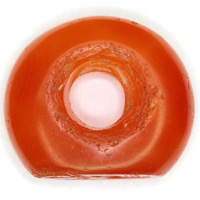 Abb. 2a
Abb. 2a
Carnelian
Seal Nr. 13593. Chalcedony
Chalcedony is a microcrystalline translucent quartz with milky white, blueish or brownish colour.
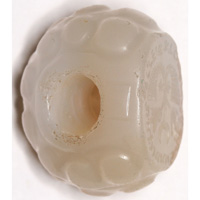 Abb. 3a
Abb. 3a
Chalcedony
Seal Nr. 04154. Jasper
Jasper is a microcrystalline opaque quartz. It can have several different colours. Some seals are made of mottled, intensely coloured jaspers.
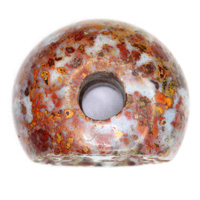 Abb. 4a
Abb. 4a
Jasper
Seal Nr. 11465. Heliotrope
Heliotrope is a dark green jasper with red specks.
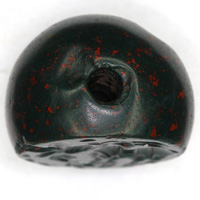 Abb. 5a
Abb. 5a
Heliotrope
Seal Nr. 15646. Rock Crystal
Rock crystal is crystalline, colourless and transparent quartz. Other than microcrystalline quartz rock crystal is not porous.
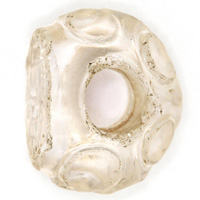 Abb. 6a
Abb. 6a
Rock Crystal
Seal Nr. 08817. Haematite
Haematite is a black and intransparent iron oxide. It is much heavier than quartz but also softer.
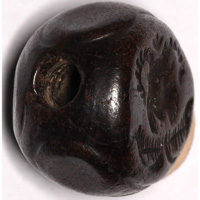 Abb. 7a
Abb. 7a
Haematite
Seal Nr. 01178. Bronze
Bronze is an alloy of copper and tin. Today seals made of bronze are covered by patina. The colour of the alloy varies from the usual golden to silvery tones. It is even heavier than haematite.
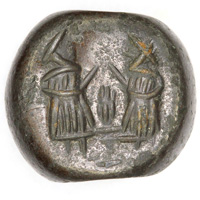 Abb. 8a
Abb. 8a
Bronze
Seal Nr. 10509. Lapislazuli
In antiquity lapislazuli was expensive and is therefore a rare material for seals. In the Sigilla collection the main occurrence is in bezels of ring seals.
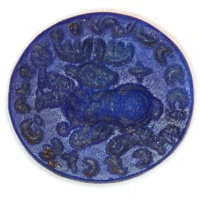 Abb. 9a
Abb. 9a
Lapislazuli
Seal Nr. 0319